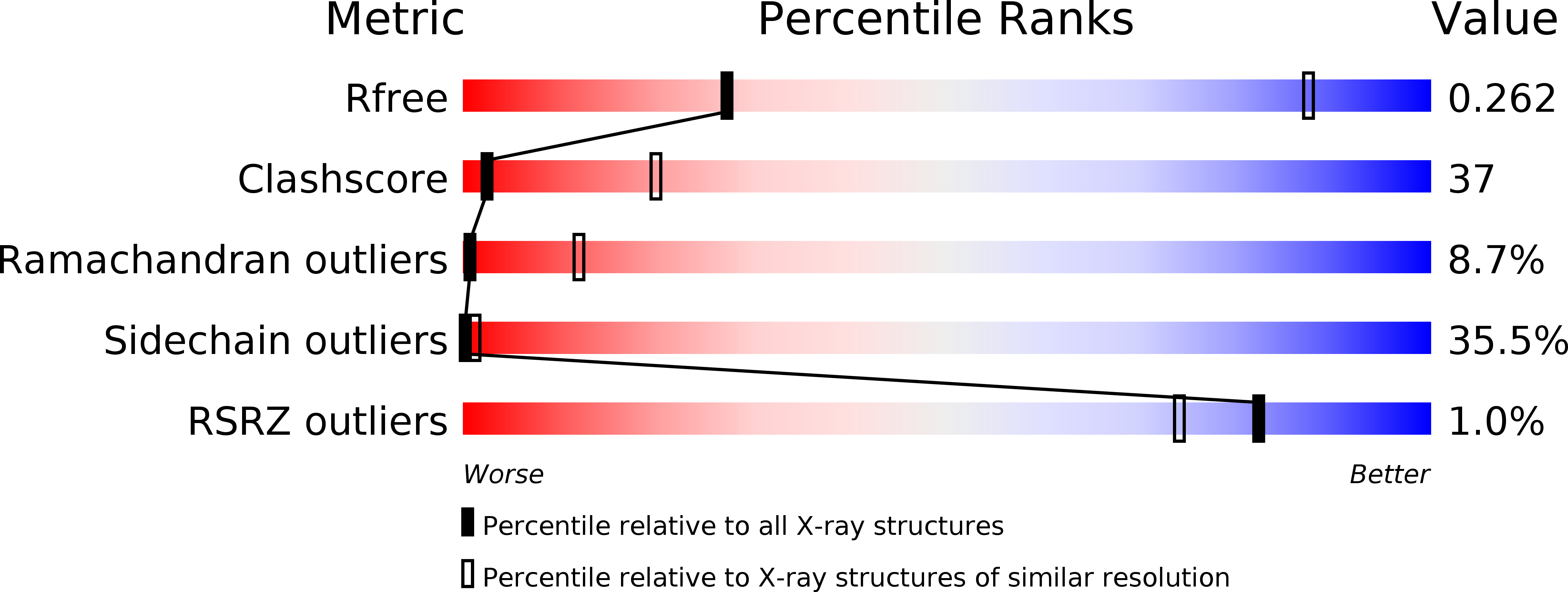
Deposition Date
2010-05-18
Release Date
2010-07-28
Last Version Date
2023-09-06
Entry Detail
Biological Source:
Source Organism:
RATTUS NORVEGICUS (Taxon ID: 10116)
OVIS ARIES (Taxon ID: 9940)
OVIS ARIES (Taxon ID: 9940)
Host Organism:
Method Details:
Experimental Method:
Resolution:
4.00 Å
R-Value Free:
0.25
R-Value Work:
0.22
R-Value Observed:
0.22
Space Group:
P 65


